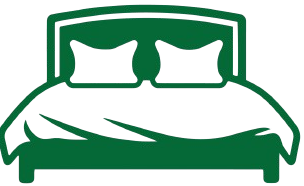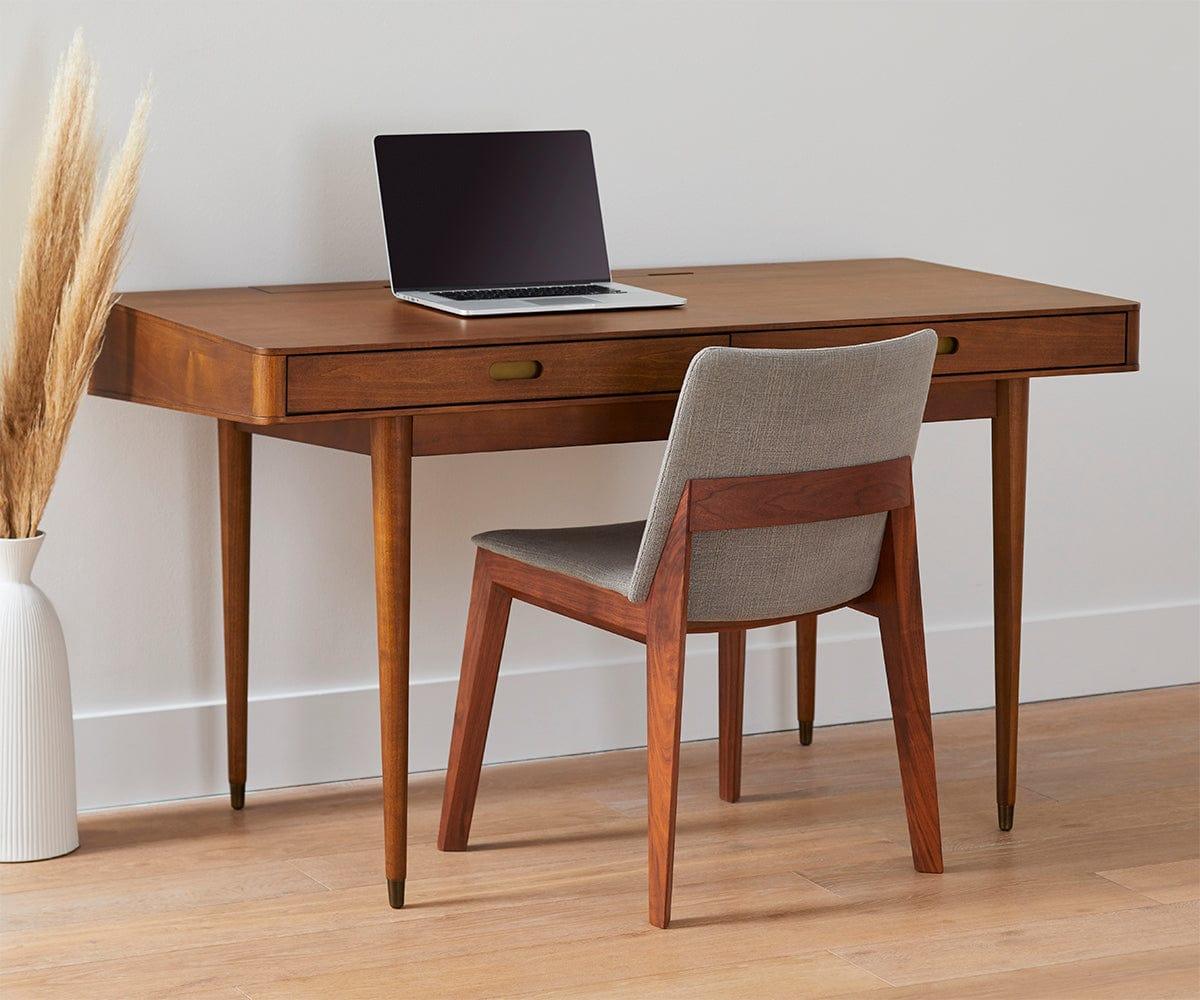The desk, a ubiquitous piece of furniture found in homes, offices, and schools, has served as a workspace for individuals of all ages and professions for centuries. From the simple writing desks of the past to the modern ergonomic workstations of today, desks have evolved to meet the changing needs of society.
A Brief History of the Desk
The origins of the desk can be traced back to ancient civilizations, when simple tables were used for writing and other tasks. Over time, desks became more elaborate, with features such as drawers, compartments, and built-in bookcases. In the 18th and 19th centuries, desks were often ornately decorated with carvings, inlays, and gilded accents, reflecting the wealth and status of their owners.
The Evolution of the Modern Desk
With the advent of the Industrial Revolution, desks began to be mass-produced in factories, making them more affordable and accessible to a wider range of people. The 20th century saw the development of new desk designs, such as the roll-top desk, which provided ample storage space and privacy.
In recent decades, the rise of technology has significantly influenced the design and function of desks. The introduction of computers and laptops has led to a demand for desks that can accommodate these devices, as well as provide a comfortable and ergonomic workspace. Modern desks often feature features such as cable management systems, adjustable height settings, and built-in power outlets.
Types of Desks
Desks come in a wide variety of styles, materials, and sizes to suit different needs and preferences. Some of the most common types of desks include:
- Writing Desk: A simple, flat-topped desk typically used for writing, reading, or drawing.
- Computer Desk: A desk designed to accommodate a computer monitor, keyboard, and mouse.
- Standing Desk: A desk that can be adjusted to a standing height, promoting better posture and health.
- Corner Desk: A desk that fits into a corner of a room, saving space.
- Executive Desk: A large, luxurious desk often used by high-level executives.
Choosing the Right Desk
When selecting a desk, consider the following factors:
- Size: Ensure the desk is the right size for your workspace and the activities you will be doing.
- Style: Choose a desk that complements the overall aesthetic of your room.
- Storage Needs: Consider the amount of storage space you require, such as drawers, shelves, or compartments.
- Ergonomics: A good desk should be adjustable and ergonomic to prevent discomfort and strain.
- Budget: Set a budget for your desk purchase.
Incorporating a Desk into Your Home
Desks can be used in a variety of settings, including:
- Home Office: A dedicated home office desk can provide a productive and organized workspace.
- Bedroom: A smaller desk can be used for studying, working, or hobbies.
- Living Room: A stylish desk can serve as a multi-functional piece of furniture for working, reading, or crafting.
By carefully considering your needs and preferences, you can find the perfect desk to enhance your workspace and productivity.

